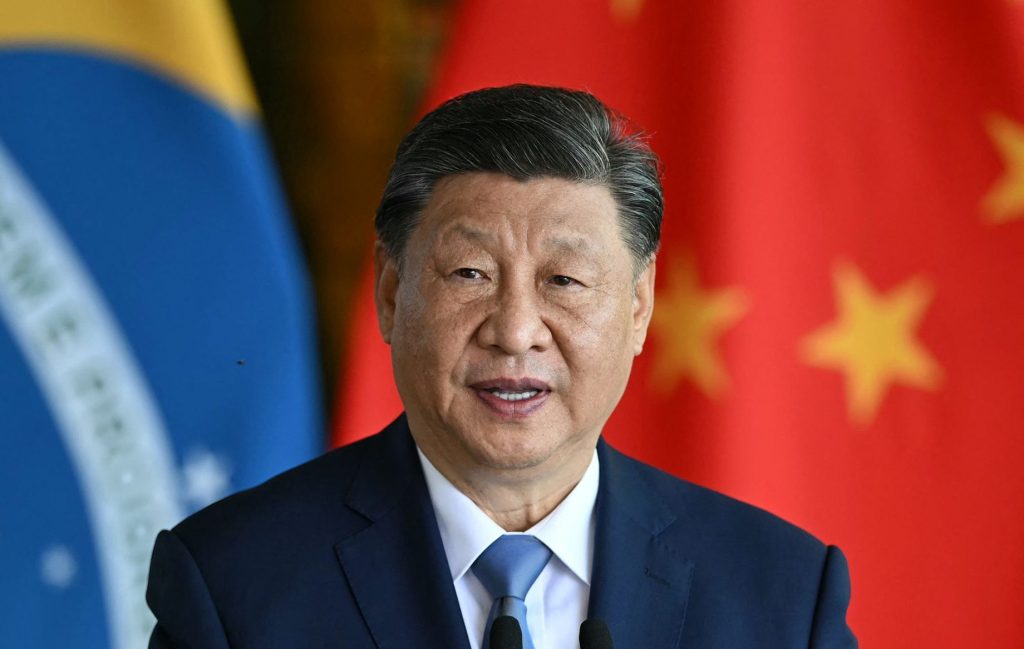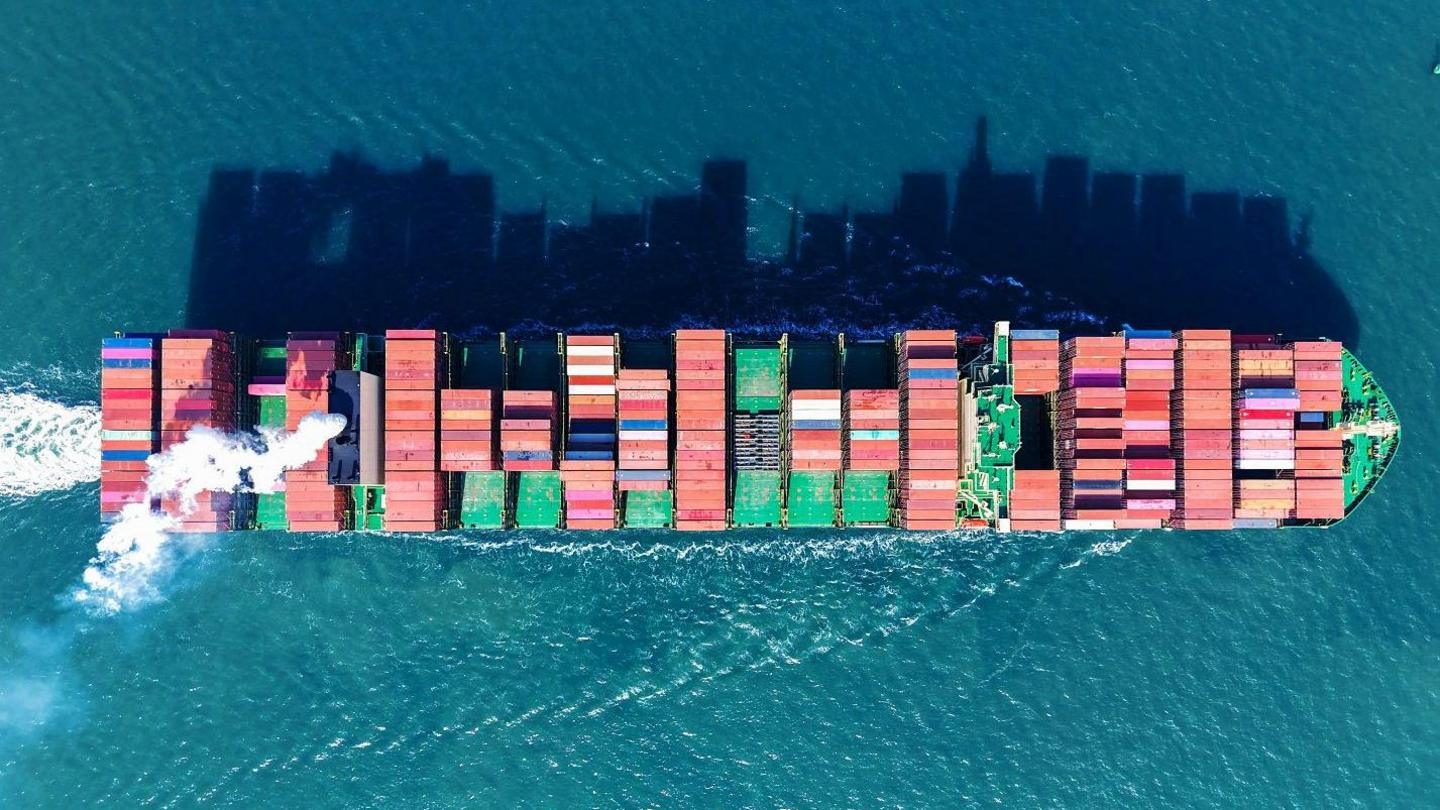The trade conflict between China and the United States has sharply intensified following President Donald Trump’s announcement of plans to double tariffs on Chinese imports to 100%. Beijing has accused Washington of applying “double standards” and warned of potential retaliatory measures.
China’s Ministry of Commerce defended its decision to tighten export controls on rare earth metals, vital to advanced technology sectors. As the dominant global supplier of these materials, China’s controls aim to safeguard national security—a move criticised by the U.S. as aggressive economic coercion.
Chinese officials argue the U.S. has misused national security claims to enforce export bans and trade restrictions against them. The new export restrictions, effective from December, require licences for certain rare earth materials and production equipment, posing risks to international supply chains.

Trump condemned China’s actions, calling them “unprecedented” and detrimental to global trade, while threatening a 100% tariff increase effective November 1. Combined with existing duties, U.S. tariffs on Chinese goods now average over 51%, contributing to disruptions in global markets and fears of a renewed trade war.
This tension unfolds against a complex backdrop: China agreed to reduce tariffs on U.S. imports temporarily earlier this year, but recent escalations have undone much of that progress. Both sides appear to be positioning themselves strategically ahead of an uncertain summit between Trump and President Xi Jinping, with the outcome yet unclear.

